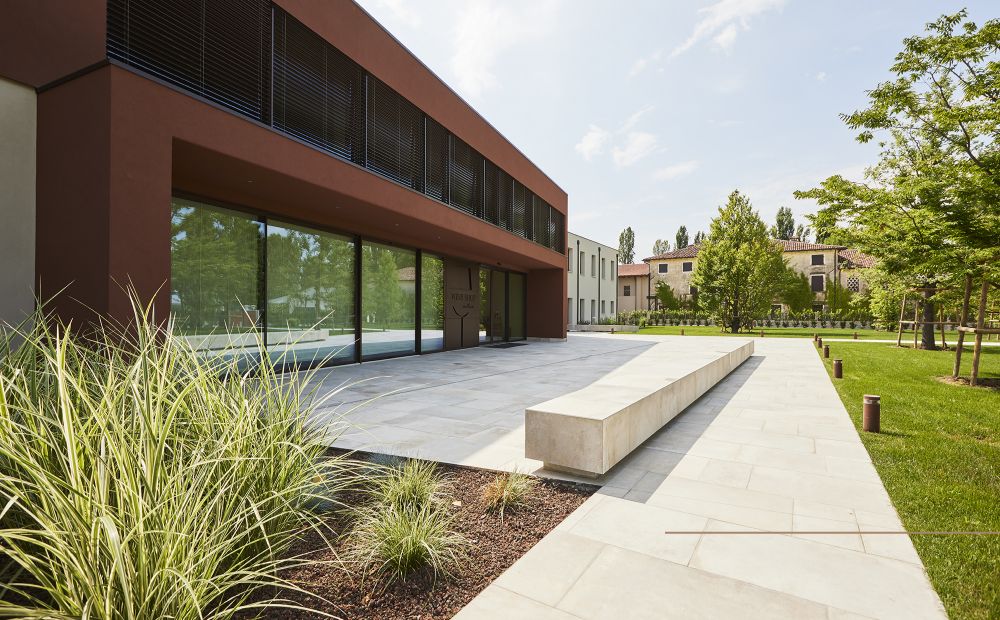Candoni De Zan
Family Wine Group is one of Italy’s leading family-owned Italian wine company.
Our family is dedicated to making great wines, and as part of that process, we proudly own and farm our vineyards throughout Italy.
As the new generation becomes prominent in the family business, assuring the legacy is continued through sustainable practices has become even more important.
We strive to be environmentally sound, socially equitable and economically viable. Our sustainable vineyards and winemaking practices conserve water and energy, maintain healthy soil, protect air and water quality and preserve the local wildlife habitat. We are committed to expanding our sustainability initiatives. Among the ways we plan for the future is to assure our land and our business are sustainable for many generations to come.
Barbara and Caterina De Zan

© Candoni De Zan Family